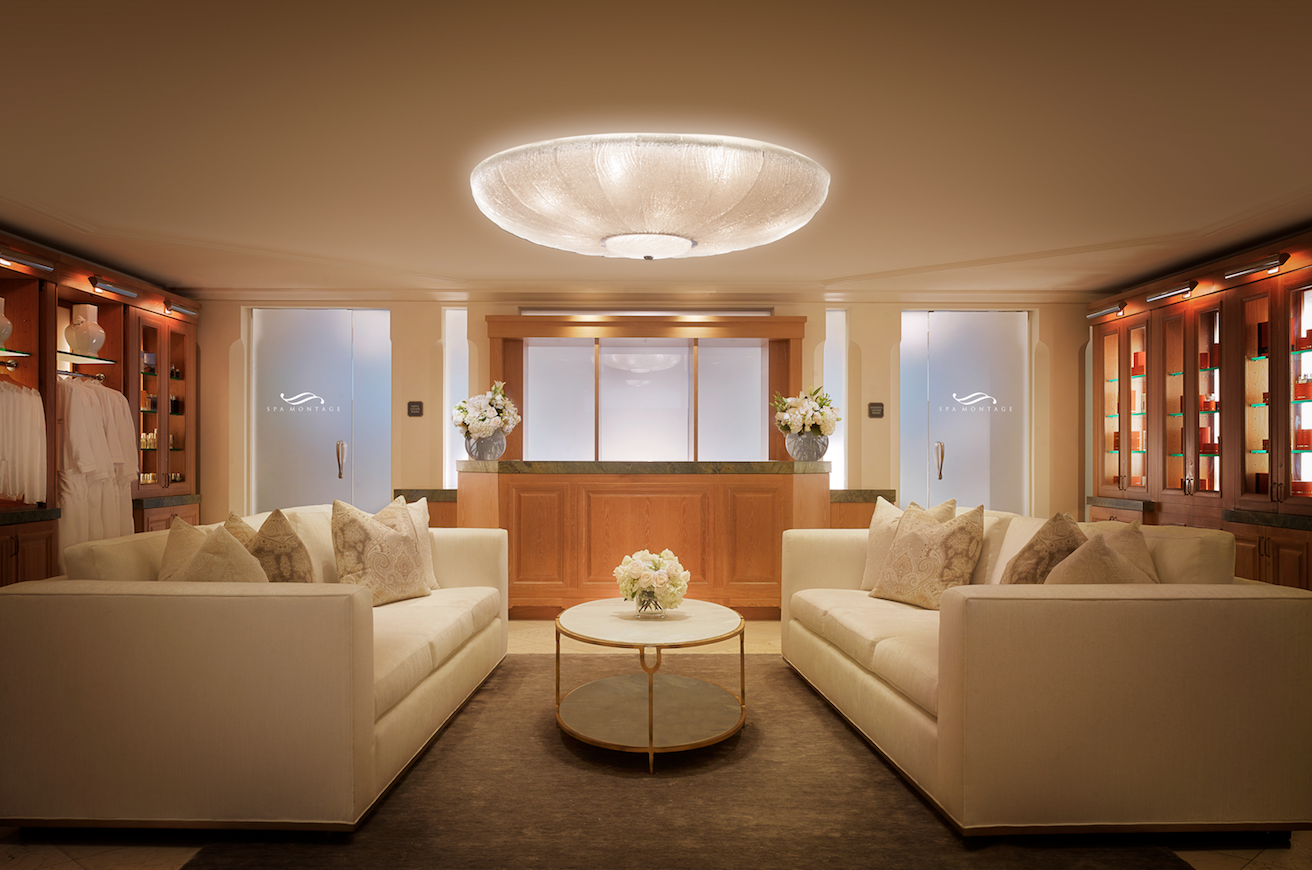Avoiding the pitfalls of expansion

Expanding your spa business by opening a second site is no easy feat. When you grow your business, everything doubles and expands – accounting requirements; costs including labour, employee benefits and taxes; staff numbers and your commitment to them.
Previously I worked for a company that had seven successful day spas in Southern California. The owner told me that the hardest transition wasn’t opening the seventh location but launching the second, because systems that seem flawless in one location may not translate into a new site as easily as you imagine.
Often, training is the most under-funded aspect of brand expansion. You need a concrete training plan for your entire team at the new location, and if you don’t have a human resources specialist, hire one. Set out your training plan for the new management team early on and consider how soon they’ll be brought on board for the opening.
Your leadership team will also need to learn accounting functions and reporting requirements, and help ensure that all required permits are obtained, as well as interviewing, hiring and orienting new employees. You want to ensure that they are properly enrolled in your culture, brand and processes before opening.
Ask for help
Identify your “champions” to assist in the expansion. We all have those standout employees – a receptionist with excellent retailing skills; therapist who has stellar guest retention or spa attendant who can step up to assist at the reception desk on busy days. When you’re expanding, these are the people who become the backbone of your training and opening team.
Also, expect to improvise. Even in very established multiple-unit brands, each opening will present a unique set of challenges and feel like it’s the first time you’re opening a spa, even if it’s your 20th location. What the other 19 spas give you is the confidence to know that you will get through whatever challenges the current opening brings.
Work closely with your suppliers, as their support is critical to opening success, not only for training but also when you inevitably forget to order a certain cleanser or the wrong size robes arrive. If you cultivate the right relationship, suppliers will work miracles for you. Also, if you’re working with distributors, get to know their strengths and weaknesses so that you can leverage them to support a successful expansion.
Be consistent
The best way to create consistency in different locations with varying facilities and surroundings is to have a fundamental understanding of the vision of your brand. Before you invest money in design, menu development and product lines, you need an understanding of your brand at the cellular level. It is the DNA of your brand that you’re replicating.
In my current position at Montage International, we have spas throughout the United States and in Mexico, from snowy mountain locations to deserts and properties by the sea. Each spa has a unique design that reflects its geographic location. While we do have consistency with our treatment partners and some services, what knits together these locations is the brand standards and cultural concepts of Spa Montage.
In terms of consistency of experience between multiple locations and economies of scale to improve costs, having brand-identified FFE (furniture, fixtures and equipment) and OSE (operating supplies and equipment) is a sound business decision. This is also important because items like treatment tables, linens and hot towel cabbies are often decided months before the operational spa director of a specific location has been identified. It also increases efficiencies to have a working list of items to give to designers and procurement teams, so they have an understanding of the physical requirements necessary to support the successful operation of the spas once they are opened.
Treatment menus are where the controversy begins. The common questions are, “If we have multiple sites, should we have the same treatments and product houses at those locations? If we do, how do we maintain the geographical integrity of different locations?” In my experience, at some point the decision is made to build consistency of product houses, signature services and suppliers to help enhance the brand identity and reduce costs for retail and professional products. There is an appropriate tension between corporate offices and the field as to the level of sameness that should exist between properties, and how much agency a spa director will have to modify a menu to suit their location and unique tastes.
Get staff on board
One of the main benefits of having multiple properties in close proximity to one another is being able to share staff.
This helps the financial success of the business and is also a great way to transport and reinforce your company culture from location to location. Also, in a time when we’re all struggling to find and retain the right people for our spa businesses, having staff work between locations breaks the monotony of routine and anchors them to your brand. It’s the most organic way of communicating and adopting best practices for multiple locations.
When you call on staff to task force at other locations, it sends the message that you value their skillset and contributions and rely on them to help deliver the success of the brand. Just as a bee pollinates flowers, the act of sharing staff has a similar result – a blossoming business.
Patrick Huey is corporate spa director at Montage International, which has eight hotels and resorts in the US and Mexico. With over 15 years’ experience in the health and spa industries, he was previously group director of spas – Asia for MSpa at Minor Hotels International. He serves on the International Spa Association’s board of directors.
Images (top to bottom): Spa Montage Los Cabos, Spa Montage Beverly Hills


